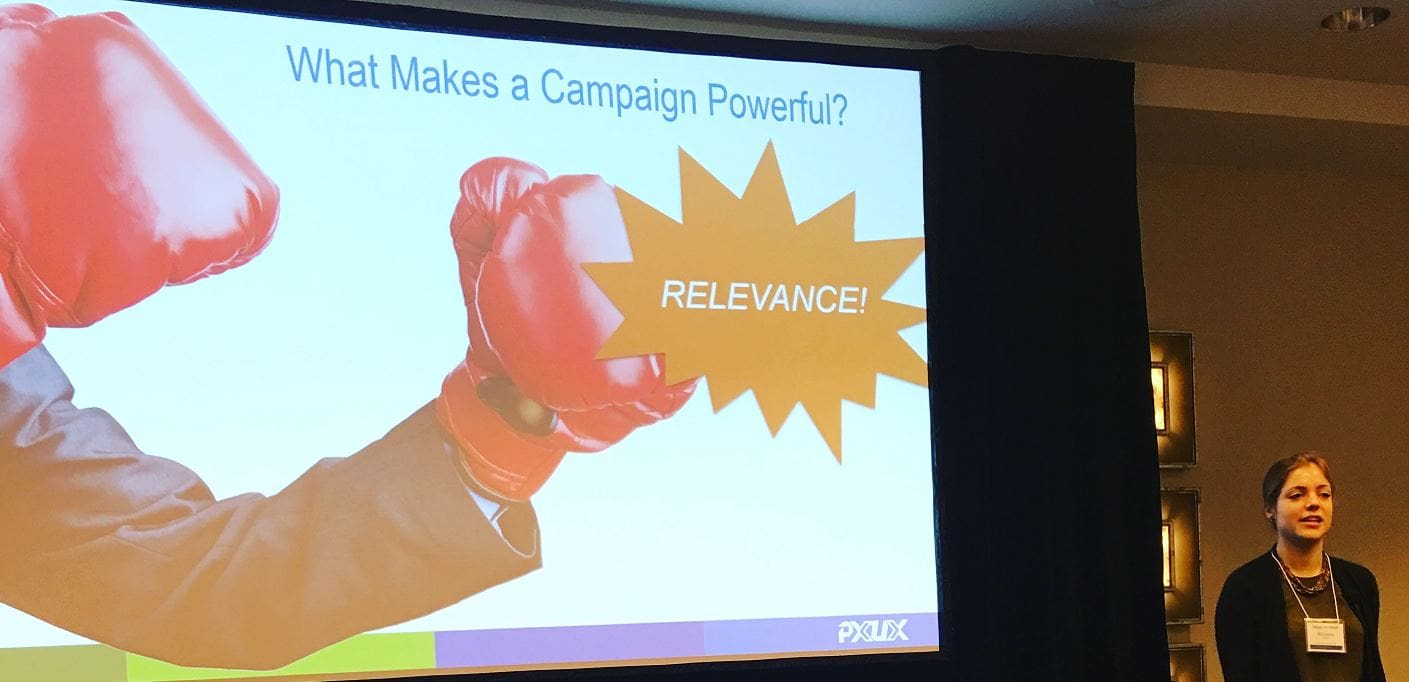2 min read
Amping Up Campaigns
The 2016 Paytronix User Experience was full of valuable insights – we reviewed program structure, hot promotions, and, most importantly, heard from...
Platform
What is Paytronix Guest Engagement Suite?
Combining online ordering, loyalty, omnichannel messaging, AI insights, and payments in one suite. Paytronix delivers relevant, personal experiences, at scale, that help improve your entire digital marketing funnel by creating amazing frictionless experiences.
A Complete Guest Engagement Suite
Online Ordering
Acquire new customers and capture valuable data with industry leading customization features.
Loyalty
Encourage more visits and higher spend with personalized promotions based on individual activity and preferences.
Catering
Grow your revenue, streamline operations, and expand your audience with a suite of catering tools.
CRM
Build great customer relationships with relevant personal omnichannel campaigns delivered at scale.
Artificial Intelligence
Leverage the most data from the most customer transactions to power 1:1 marketing campaigns and drive revenue.
Payments
Drive brand engagement by providing fast, frictionless guest payments.
Solutions
Paytronix Guest Engagement Solutions
We use data, customer experience expertise, and technology to solve everyday restaurant and convenience store challenges.
FlightPaths are structured Paytronix software onboarding journeys designed to simplify implementation and deliver maximum ROI.
Customer Success Plans (CSPs) are tiered service offerings designed to help you get the most from your Paytronix software, whether you prefer self-guided support or hands-on partnership.
Contactless Experiences
Accommodate your guests' changing preferences by providing safe, efficient service whether dining-in or taking out.
Customer Insights
Collect guest data and analyze behaviors to develop powerful targeted campaigns that produce amazing results.
Marketing Automation
Create and test campaigns across channels and segments to drive loyalty, incremental visits, and additional revenue.
Mobile Experiences
Provide convenient access to your brand, menus and loyalty program to drive retention with a branded or custom app.
Subscriptions
Create a frictionless, fun way to reward your most loyal customers for frequent visits and purchases while normalizing revenues.
Employee Dining
Attract and retain your employees with dollar value or percentage-based incentives and tiered benefits.
Order Experience Builder
Create powerful interactive, and appealing online menus that attract and acquire new customers simply and easily.
Loyalty Programs
High-impact customizable programs that increase spend, visit, and engagement with your brand.
Online Ordering
Maximize first-party digital sales with an exceptional guest experience.
Integrations
Launch your programs with more than 450 existing integrations.
Loyalty Programs
Deliver the same care you do in person with all your digital engagements.
Online Ordering
Drive more first-party orders and make it easy for your crew.
Loyalty Programs
Digital transformations start here - get to know your guests.
Online Ordering
Add a whole new sales channel to grow your business - digital ordering is in your future.
Integrations
We work with your environment - check it out
Tobacco Reporting
Comply with AGDC 2026 DTP Requirements
Company
We are here to help clients build their businesses by delivering amazing experiences for their guests.
Meet The Team
Our exceptional customer engagement innovations are delivered by a team of extraordinary people.
News/Press
A collection of press and media about our innovations, customers, and people.
Events
A schedule of upcoming tradeshows, conferences, and events that we will participate in.
Careers
Support
Paytronix Login
Order & Delivery Login
Resources
Paytronix Resources
Learn how to create great customer experiences with our free eBooks, webinars, articles, case studies, and customer interviews.
FlexPoint Service Catalog
Access FlexPoints are a cost-effective, flexible way to access our value-added services, to ensure you get greater impact from your Access software solution.
See Our Product In Action
E-Books
Learn more about topics important to the restaurant and c-store customer experience.
Reports
See how your brand stacks up against industry benchmarks, analysis, and research.
Blog
Catch up with our team of in-house experts for quick articles to help your business.
Case Studies
Learn how brands have used the Paytronix platform to increase revenue and engage with guests.
Unlock loyalty strategies that 3 out of 4 restaurants use to boost engagement by 40% without adding staff.
2 min read
Sep 07, 2016

Do you need to reinvigorate your brand, increase revenue, and improve profitability? Upgrading your rewards program may help. However, proceed with caution. Upgrade only when you know the new program will better align the program with corporate strategic goals and likely produce large financial benefits.
There is never a perfect time to change your program. When clear signs arise, give a program upgrade serious consideration. Look for any of these four signs:
1. Declining loyalty penetration and new member enrollment. If the share of checks associated with your loyalty program is declining, it could signify that tenured members are lapsing and that the program is no longer motivating them to come in. If new member enrollment is down, it could be because new guests are not interested in the program or that team members in the store have stopped promoting it.
Your program should achieve a minimum of 15 percent loyalty penetration. This means at least 15 percent of your checks should be associated with the loyalty program, and according to many top brands, their loyalty penetration numbers far exceed the 15 percent benchmark. For example, in an July 2016 earnings call, Panera president Drew Madsen said that 50 percent of company transactions were associated with the My Panera program. If you notice your loyalty penetration rate dropping, and particularly if it dips below 15 percent, it may be time for a change.
2. Evidence that customers are “gaming” the program to their advantage. Have customers figured out a loophole in your program that they use to their advantage? Is your visit-based program increasing the number of split checks, and slowing down operations? Are customers buying low-priced items to earn points, and then redeeming them for expensive items?
Look at the member average check value and watch which direction it trends over time. If your average checks are declining in value, your program members may have realized that they can spend less per visit to achieve the same result. If your program mirrors the old Starbucks® model and you give credit for each visit and reward one free menu item of any value, pay attention to the value of the redeemed rewards and match it against what they spent to earn that reward. If you notice the gap between average member spend and redeemed reward value closing, you likely have members who have figured out how to spend the least to earn the most.
3. Franchisees and operators increasingly complain that you’re just running a discounting program. This often goes hand in hand with the above signals. Have you been reporting positive results to the field? Is your program enabling you to run targeted promotions to drive profitable incremental sales? If not, operations may be unclear on why you have a program, and you may need to make some changes to get them back on board.
4. Your program is conflicting with your corporate strategic objectives. Menus change, concepts evolve, and priorities shift. It is imperative that your program is always aligned with corporate strategic objectives. If your brand’s overall priorities changed and the program did not change with them, it may not be benefiting the organization as well as it should.
When you launched the program, perhaps you were focusing on driving visits, but now you’re focused on driving attach rates for add-on items. You may have launched a visit-based program that did a good job driving visits but did not encourage additional purchases. If your program is not rewarding the activity you’re trying to encourage, then it probably needs modifying.
For more information about successful rewards programs click here.

2 min read
The 2016 Paytronix User Experience was full of valuable insights – we reviewed program structure, hot promotions, and, most importantly, heard from...

2 min read
Before digital loyalty programs, restaurants had no real way of figuring out which visitors were likely to return. And, what’s worse, they had no way...

2 min read
Promotions are used to directly, quickly, and profitably change behavior. Most commonly, that behavior change falls into one of these categories:...